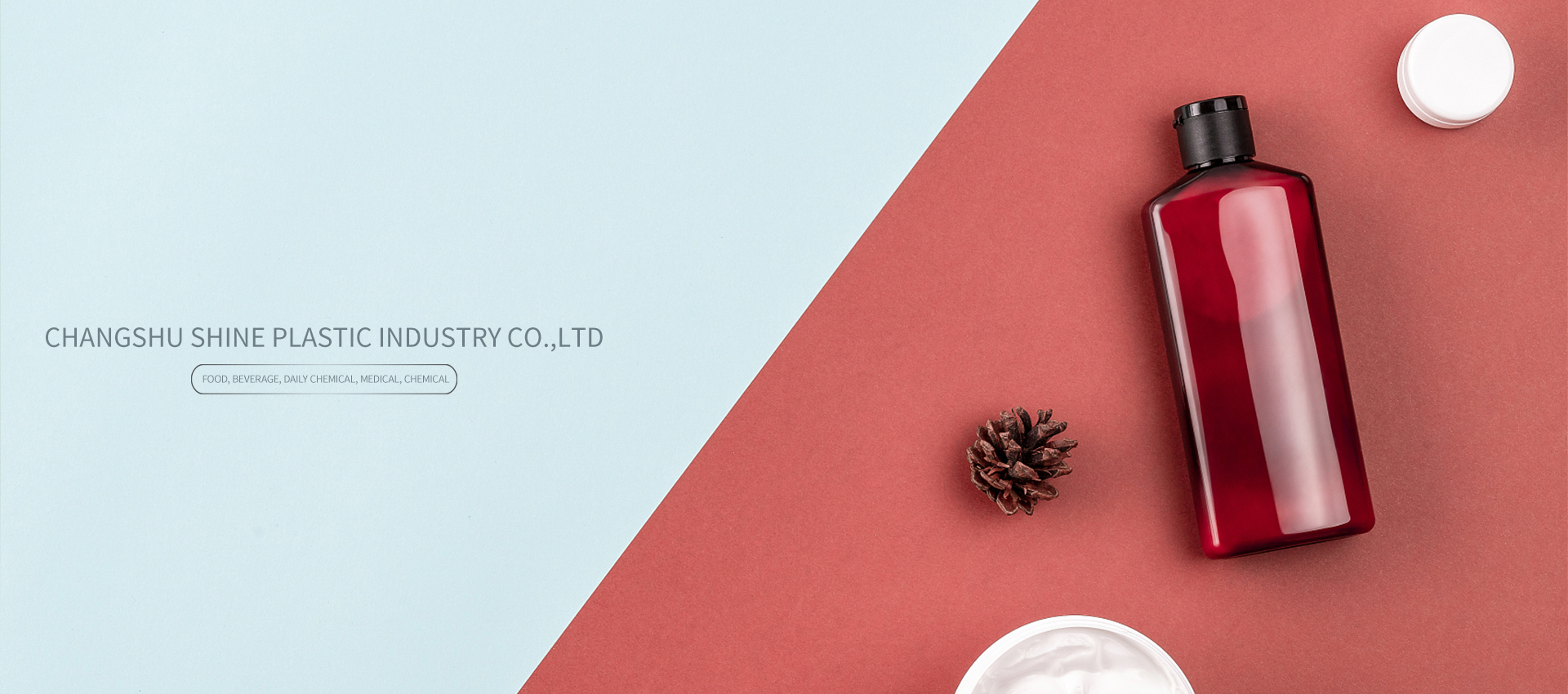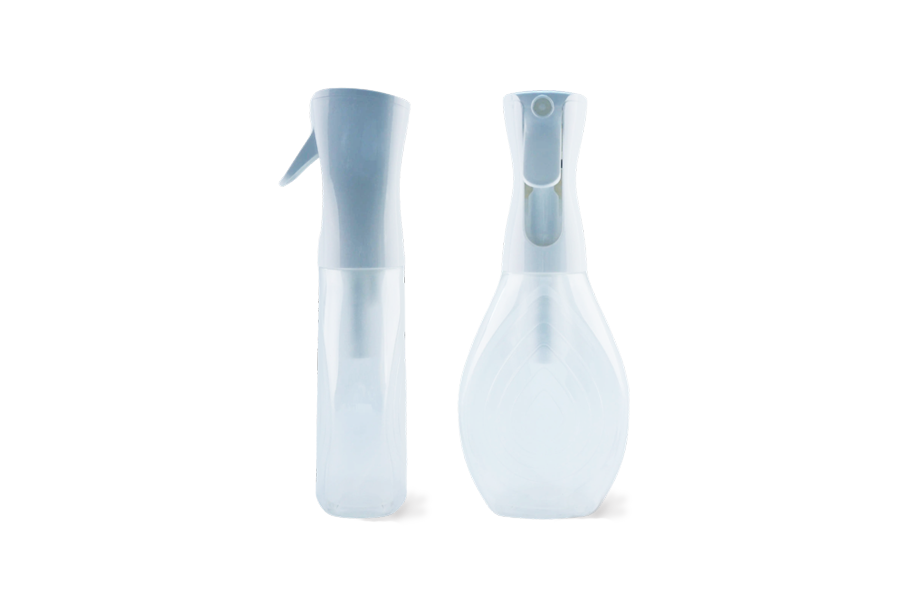
You Are Here:Home > News Center
> Industry Dynamics
News navigation
Recommended news
What does sustainable spray mean in packaging
source:www.fushun0.cn | Release time:2025-05-12
In the field of packaging, sustainable spray is a spray technology and related packaging solutions committed to reducing environmental impact and achieving sustainable development. It is mainly reflected in the following aspects:
1. Material selection
Use of lightweight materials: The use of film or paper to make aerosol containers can greatly reduce the use of plastic or metal in packaging. For example, the weight of film spray containers is usually less than 10% of that of plastic containers of the same size, which can significantly reduce the carbon footprint in transportation and disposal.
Renewable and recyclable materials are used: paper aerosol containers are made of renewable resources. Compared with plastic containers, they use less materials and have lower environmental impact. At the same time, spray containers are usually made of a single material, which is easy to recycle. Film and paper spray containers can be recycled together with other similar materials to improve recycling efficiency. In addition, biodegradable materials such as bioplastics or polylactic acid (PLA) will also be used to reduce the amount of waste landfilling.
2. Propellant optimization
Eliminate high GWP propellants: Eliminate high global warming potential (GWP) propellants such as hydrofluorocarbons (HFC) and replace them with natural or low GWP substances such as dimethyl ether (DME), propane, or isobutane.
Explore renewable propellants: Explore renewable or bio based propellants such as limonene or abietic acid to further reduce environmental impact. At the same time, the propellant ratio and use efficiency are optimized, and the propellant consumption is achieved by reducing and improving the spray mode. In recent years, carbon dioxide has become increasingly popular as an environmentally friendly and highly soluble propellant, and there is also research and development of propellants made from renewable resources such as biomass.
3. Packaging design innovation
Reusable filling design: Reusable filling cans are designed for multiple uses, replacing disposable cans. Consumers can purchase refills to refill the container, reducing the generation of packaging waste.
Optimize packaging structure: Simplify packaging design, reduce unnecessary component and material waste. Optimize container shape and size to reduce material usage while ensuring product functionality. Adopt lightweight materials and thin-walled design to reduce container weight while maintaining product integrity.
4. Reduce environmental impact
Reduce greenhouse gas emissions: Lightweight containers reduce the fuel required during transportation, thereby reducing carbon footprint. Meanwhile, using environmentally friendly propellants can also reduce greenhouse gas emissions.
Easy biodegradation: film and paper aerosol containers have less impact on the environment when disposed, because they degrade faster and can be biodegradable.
In addition, improving consumer education and responsibility is also an important aspect of sustainable spray. Educate consumers about the choice of sustainable sprays through packaging labels and other communication channels, promote responsible use and disposal practices, such as correctly recycling or discarding used sprays, encourage consumers to choose sustainable packaging companies, create market demand and promote industry change.
1. Material selection
Use of lightweight materials: The use of film or paper to make aerosol containers can greatly reduce the use of plastic or metal in packaging. For example, the weight of film spray containers is usually less than 10% of that of plastic containers of the same size, which can significantly reduce the carbon footprint in transportation and disposal.
Renewable and recyclable materials are used: paper aerosol containers are made of renewable resources. Compared with plastic containers, they use less materials and have lower environmental impact. At the same time, spray containers are usually made of a single material, which is easy to recycle. Film and paper spray containers can be recycled together with other similar materials to improve recycling efficiency. In addition, biodegradable materials such as bioplastics or polylactic acid (PLA) will also be used to reduce the amount of waste landfilling.
2. Propellant optimization
Eliminate high GWP propellants: Eliminate high global warming potential (GWP) propellants such as hydrofluorocarbons (HFC) and replace them with natural or low GWP substances such as dimethyl ether (DME), propane, or isobutane.
Explore renewable propellants: Explore renewable or bio based propellants such as limonene or abietic acid to further reduce environmental impact. At the same time, the propellant ratio and use efficiency are optimized, and the propellant consumption is achieved by reducing and improving the spray mode. In recent years, carbon dioxide has become increasingly popular as an environmentally friendly and highly soluble propellant, and there is also research and development of propellants made from renewable resources such as biomass.
3. Packaging design innovation
Reusable filling design: Reusable filling cans are designed for multiple uses, replacing disposable cans. Consumers can purchase refills to refill the container, reducing the generation of packaging waste.
Optimize packaging structure: Simplify packaging design, reduce unnecessary component and material waste. Optimize container shape and size to reduce material usage while ensuring product functionality. Adopt lightweight materials and thin-walled design to reduce container weight while maintaining product integrity.
4. Reduce environmental impact
Reduce greenhouse gas emissions: Lightweight containers reduce the fuel required during transportation, thereby reducing carbon footprint. Meanwhile, using environmentally friendly propellants can also reduce greenhouse gas emissions.
Easy biodegradation: film and paper aerosol containers have less impact on the environment when disposed, because they degrade faster and can be biodegradable.
In addition, improving consumer education and responsibility is also an important aspect of sustainable spray. Educate consumers about the choice of sustainable sprays through packaging labels and other communication channels, promote responsible use and disposal practices, such as correctly recycling or discarding used sprays, encourage consumers to choose sustainable packaging companies, create market demand and promote industry change.
Previous:
Why are PET plastic bottles suitable for large-sc…
Next:
What are the applications of PE plastic bottles i…
【Related Products】

- CHANGSHU SHINE PLASTIC INDUSTRY CO.,LTD Phone:0512-52557888 Mailbox:[email protected] Company address:No. 20 Guangyuan Road, South Development Zone, Zhitang Town, Changshu City, Jiangsu Province
-
 Scan your phone
Scan your phone

 wechat number:
wechat number:





 home
home
 WeChat
WeChat
 telephone
telephone